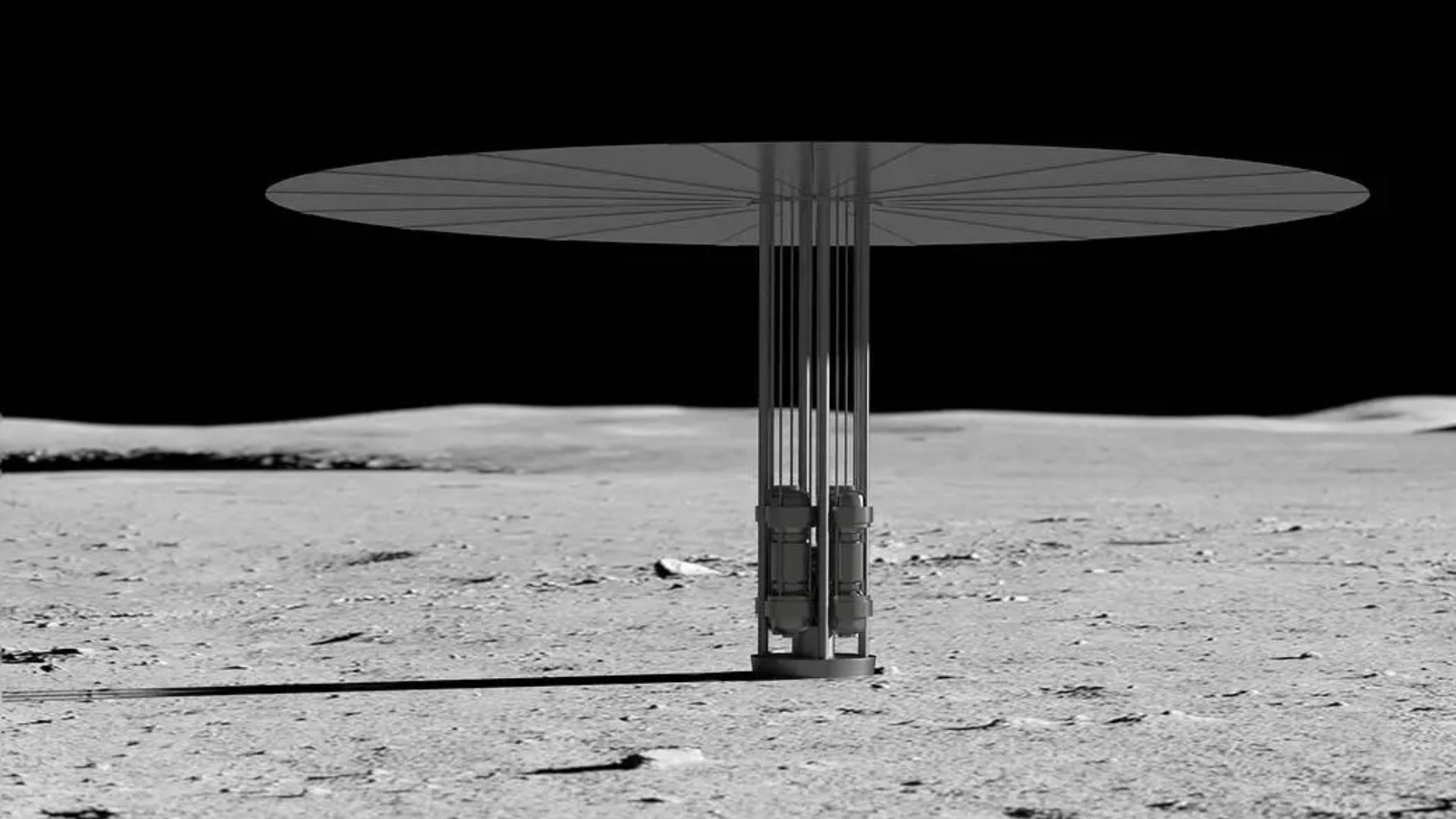New Delhi: Sean Duffy, the US Transportation Secretary, who was appointed by US President Donald Trump as the ‘interim administrator‘ of NASA last month, is expected to announce a focused push for building a nuclear reactor on the lunar surface, according to confidential documents reviewed by Politico. The move comes at a time when NASA is threatened by the proposed ‘Skinny Budget‘ by the Trump-Vance administration, which slashes funding for key lunar missions including The Gateway, and the Orion crew capsule along with the SLS rocket after the Artemis III mission, although the US Congress is attempting to provide funding for these missions.
All the major spacefaring nations are headed to the south pole of the Moon, because of the abundance of water expected there. The water can be extracted for use in life support systems, and provides rocket fuel as well, providing affordable access to the outer solar system. The human outposts that are being planned on the lunar surface require a reliable power source, and while Solar Panels are considered a viable alternative in the permanently-sunlit polar regions, nuclear power is a more reliable alternative, and can provide power through the lunar nights, that last a fortnight on Earth. China and Russia are both considering nuclear power options to meet their lunar ambitions.
Nuclear Reactors on Moon
Most of the water at the south pole of the Moon is suspected to be locked away on the floors of permanently shadowed craters. Sunlight never reaches the depths of these craters, and nuclear reactors could provide power within these craters, that can then be used to extract water. NASA explored the prelimnary concepts and technologies that can provide fission power on the lunar surface with the Kilopower project that ended in 2018. This was followed by the Fission Surface Power Project with a focus on building a demonstration reactor for future use on the Moon, which would subsequently pave the way for a similar reactor on Mars. NASA aims to build a reactor capable of functioning for a decade without human intervention.
